Agent-Based Modelling, Ambient Populations and Models of Burglar Behaviour
Nick Malleson & Andy Evans
School of Geography University of Leeds
nickmalleson.co.uk
www.geog.leeds.ac.uk/people/a.evans
These slides: http://surf.leeds.ac.uk/presentations.html
Overview
Simulating (burglar) behaviour with agent-based modelling
Improved models of offending behaviour
Modelling everyone else...
Predictive Policing Project
Home Office / Innovation Fund supported.
Aims to implement predictive policing through apps.
Leeds running statistical tests on the various algorithms, looking at different crimes and urban (and rural) structure.
Also testing how crime theory plays out in predictability; for example, how do algorithms respond to crimes matching different theories.
To do this, probably use ABM to generate datasets in different localities and of different types, with different underlying theory.
Why model?
Exploring theory (‘explanatory’ models)
Simulation as a virtual laboratory:
Linking theory with crime patterns to test it.
Making predictions (‘predictive’ models)
Forecasting social / environmental change.
Exploring aspects of current data patterns through prediction.
Why burglary?
Spatially patterned therefore predictable(?)
Spatio-temporally variations key to understanding system.
System with history of qualitative theorisation that needs testing.
Data good (geocoding, reporting).
Largely individually initiated in UK therefore don’t need so much data-poor social interaction modelling.
Should be possible to run “what if” tests (specifically, urban regeneration in Leeds).
Significant component of fear of crime in UK.
Why difficult?
Extremely complex system:
Attributes of the individual houses.
Personal characteristics of the potential offender.
Features of the local community.
Physical layout of the neighbourhood.
Potential offender’s knowledge of the environment.
Traditional approaches often work at large scales, struggle to predict local effects
"Computationally convenient".
But cannot capture non-linear, complex systems.
Agent-Based Modelling (ABM)
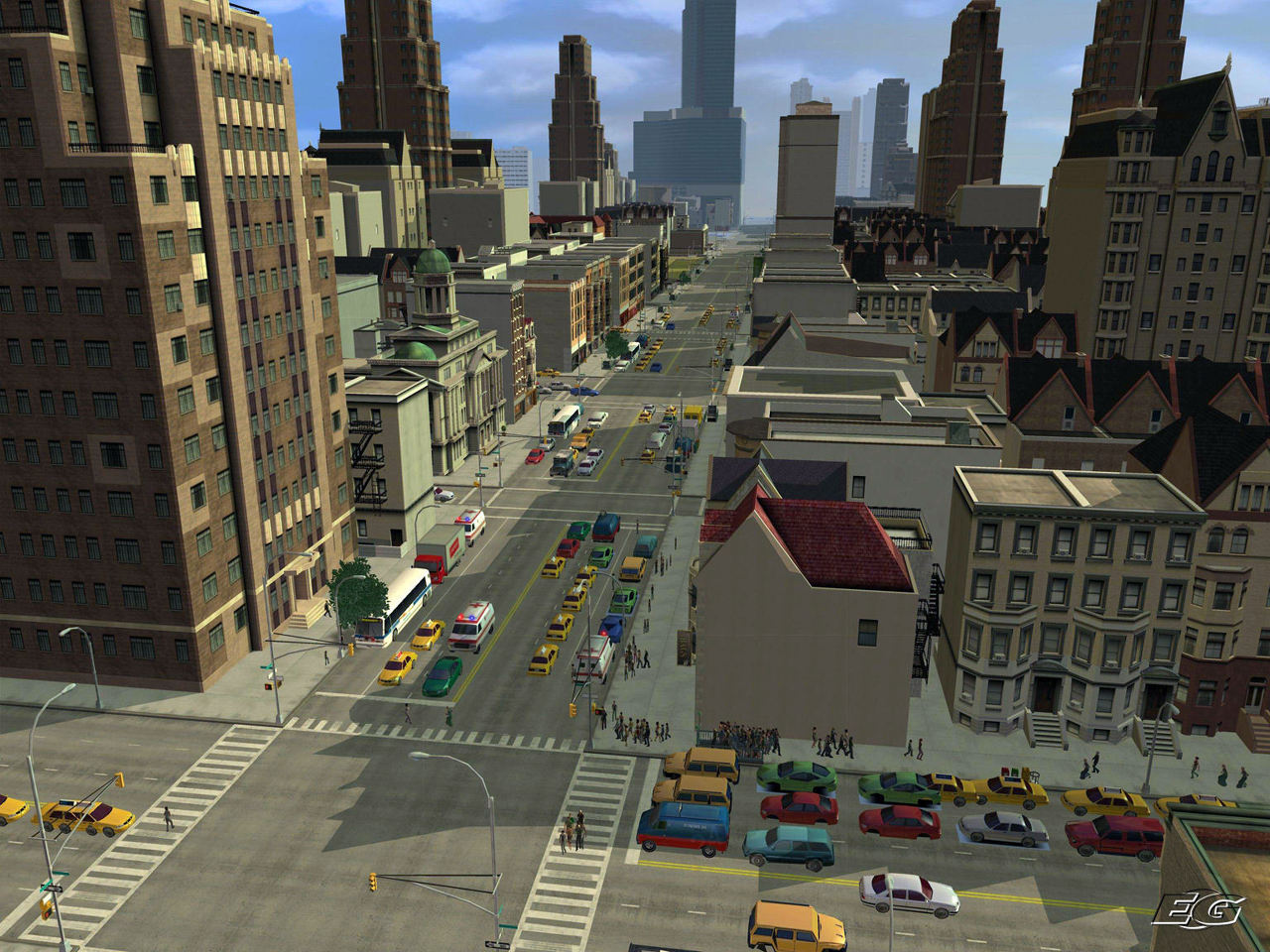
Create an urban (or other) environment in a computer model.
Stock it with buildings, roads, houses, etc.
Create individuals to represent offenders, victims, guardians.
Give them backgrounds and drivers.
See what happens.
ABM Example - Burglary
Better Representations of Theory
Environmental Criminology theories emphasise importance of
Individual behaviour (offenders, victims guardians)
Individual geographical awareness
Environmental backcloth
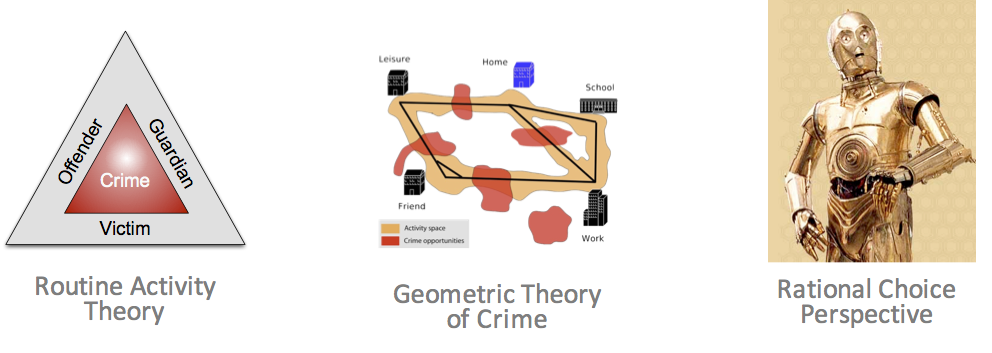
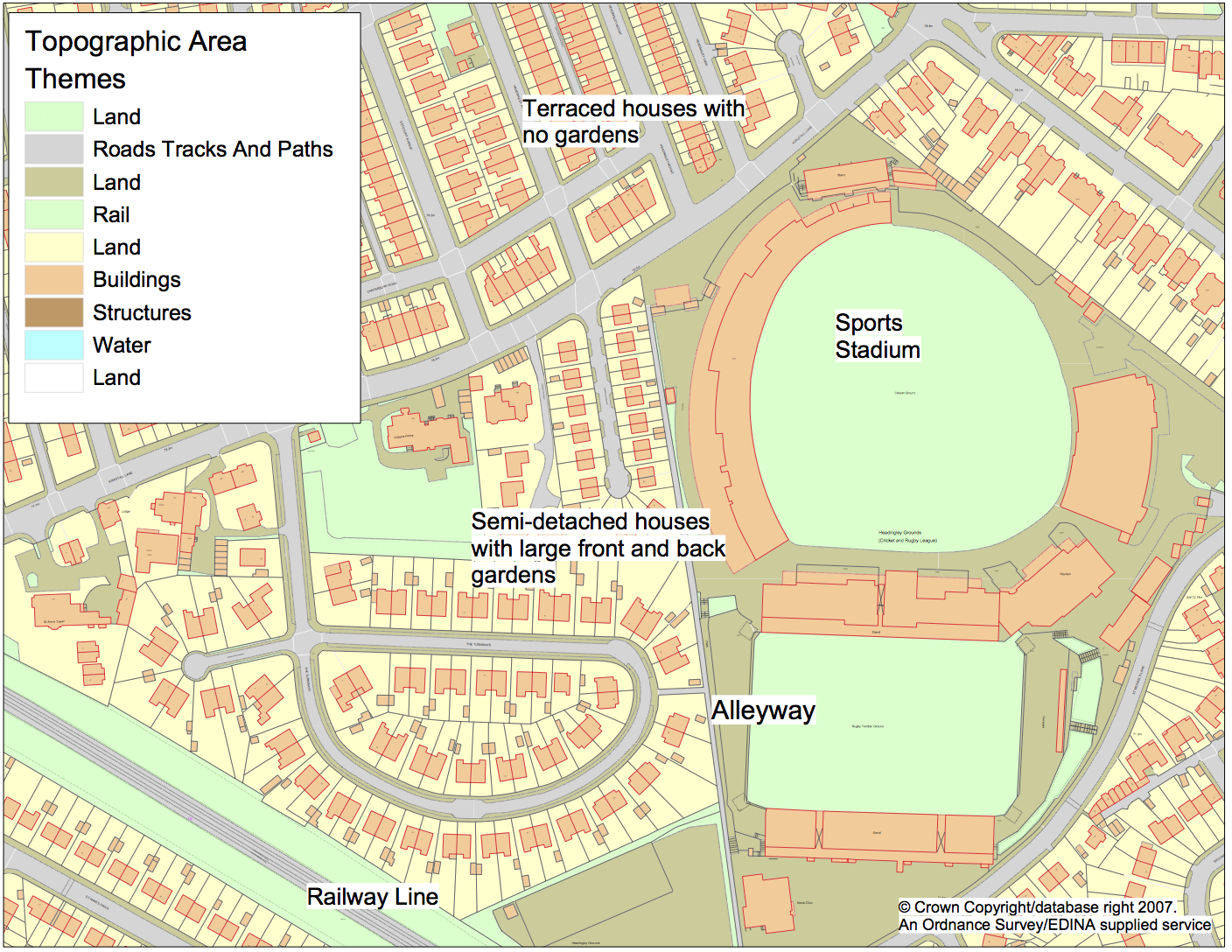


ABM Burglary Results
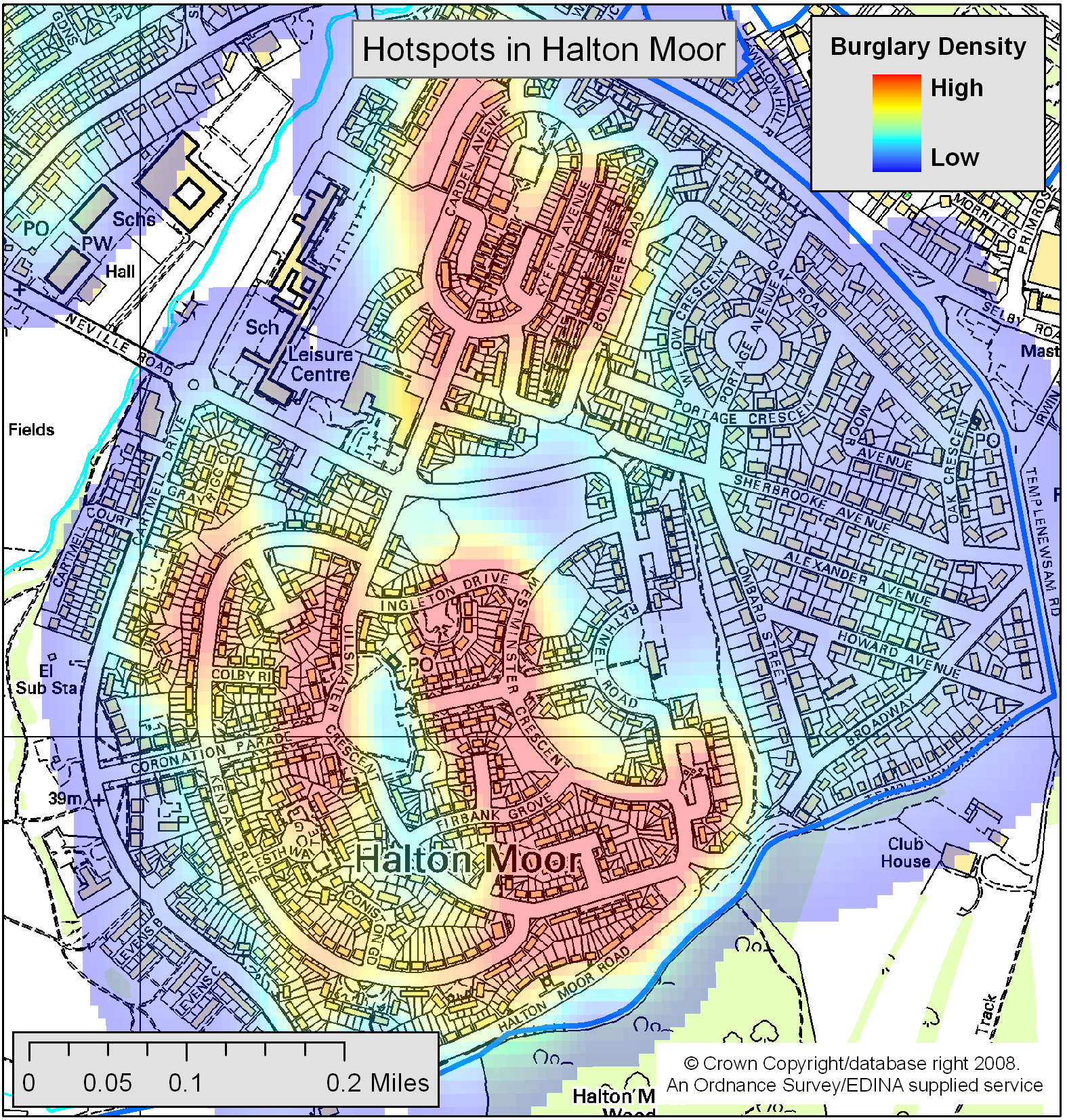
Did it work?
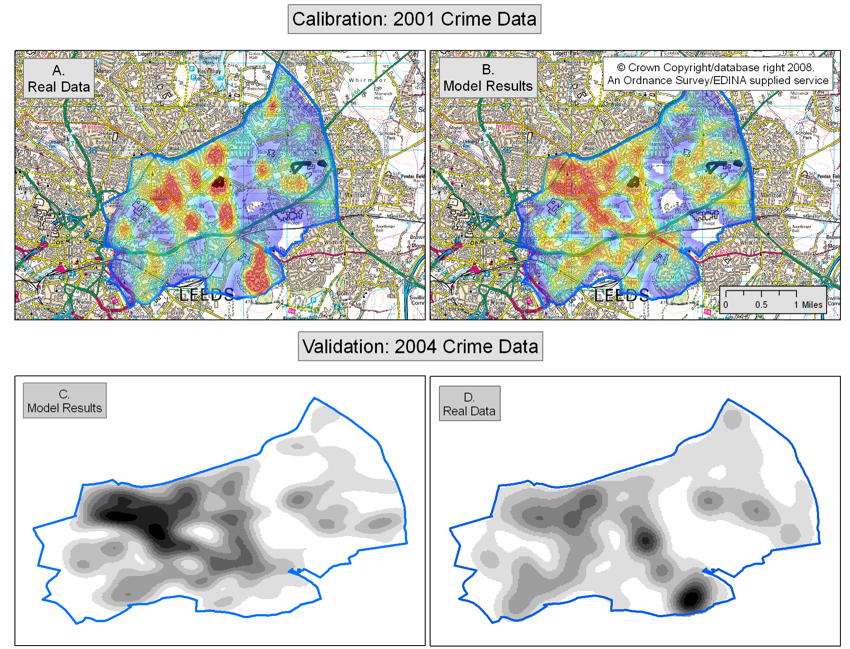
Did it work?

Behavioural Trends in Burglars
Analysis of Modus Operandi.
Interviews with prisoners.
Risk for areas of different MOs and target characteristics.
Next steps ...
Other Uses: Modeling Everyone
Quantifying the Ambient population
Daily flows of people have a significant impact on crime rates
But usually have to fall back on residential populatin for want of data
“The general patterns of movement towards and away from activity nodes such as work or school locations, major shopping areas, entertainment districts or bedroom suburbs provide a very general image of where crimes will concentrate” (Kinney et al., 2008)
We need better models of the ambient population!
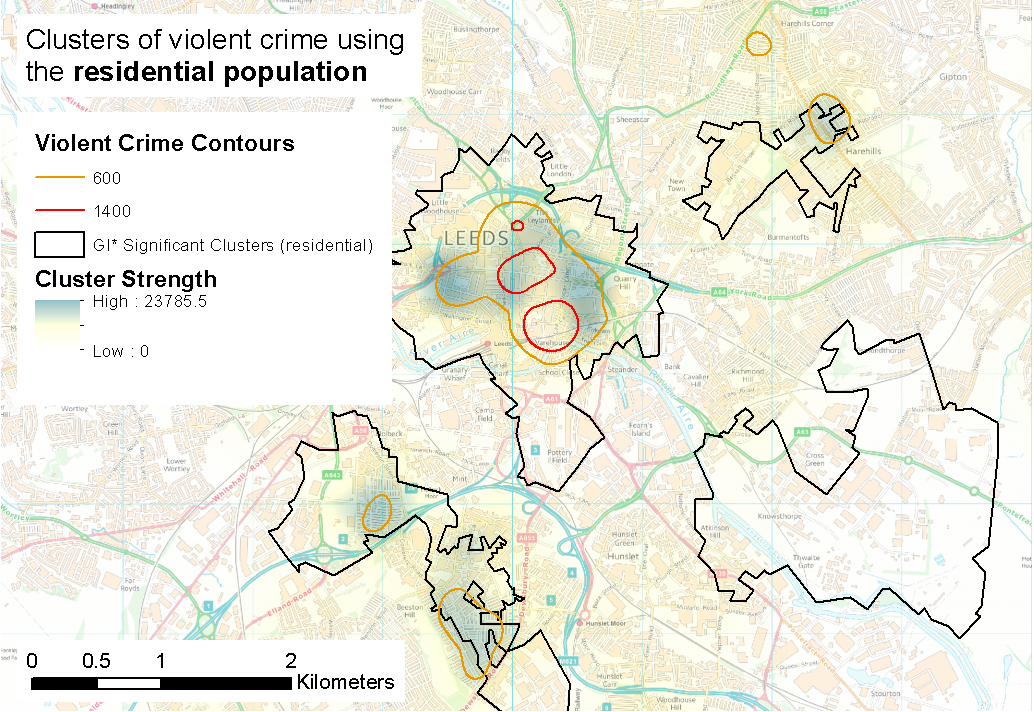
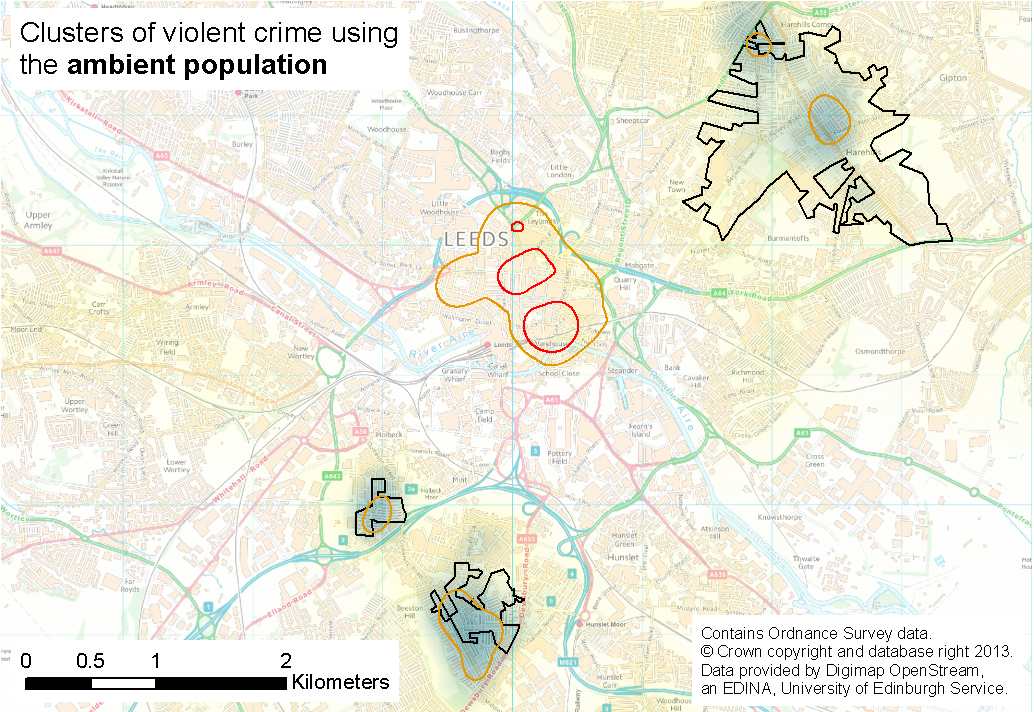
Malleson, N., and Andresen, M.A. (2016) Exploring the impact of ambient population measures on London crime hotspots. Journal of Criminal Justice 46 pp 52-63
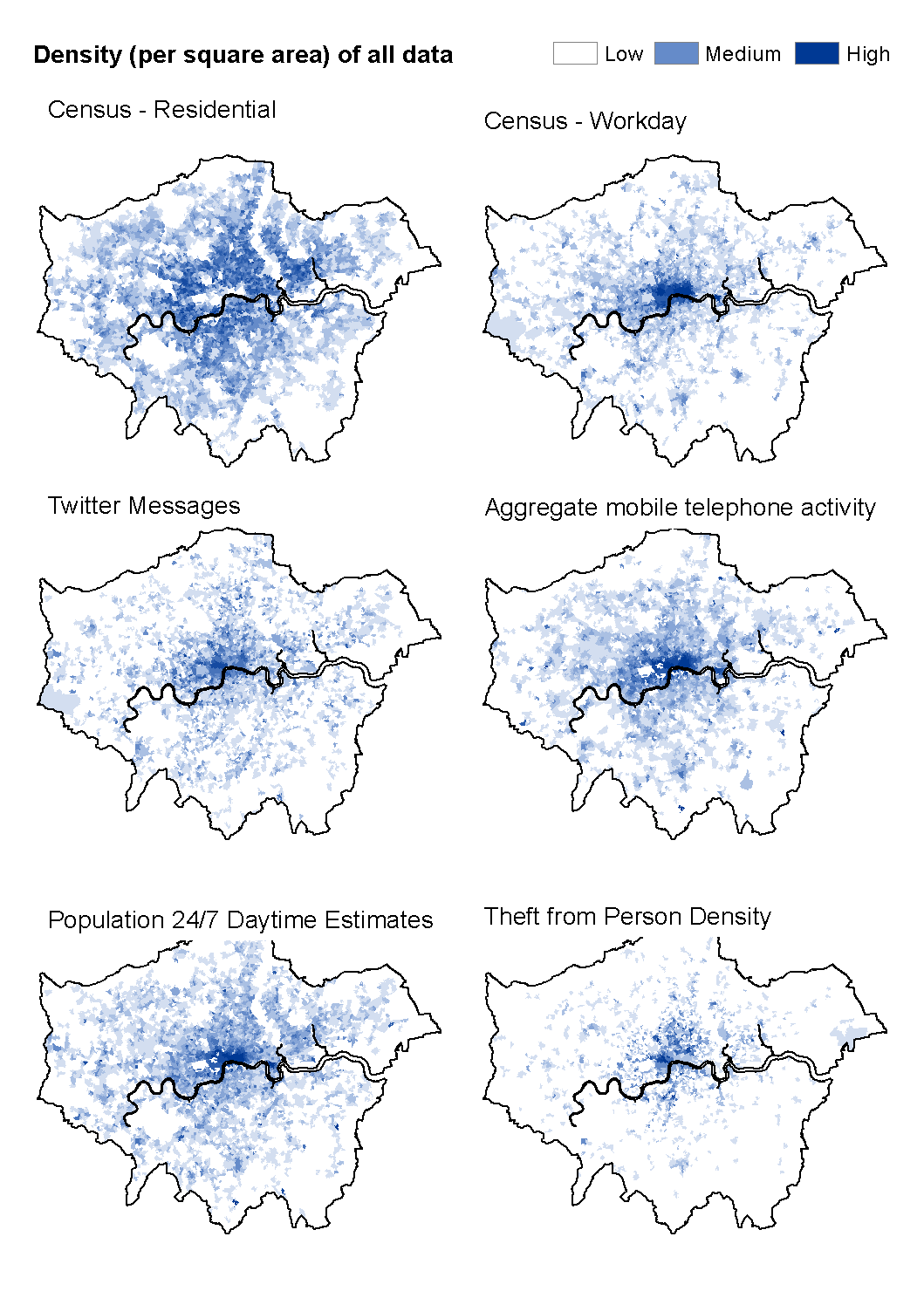
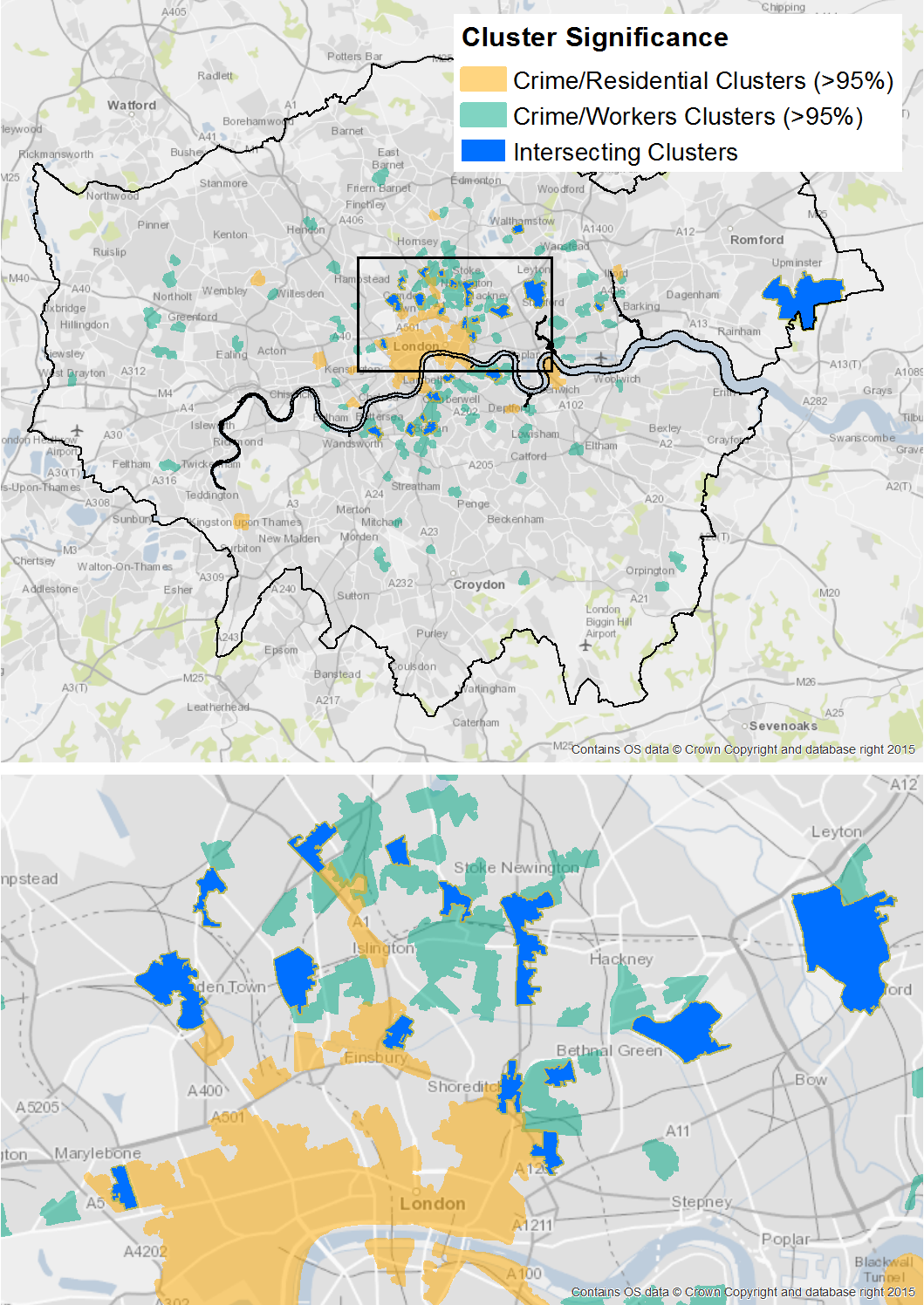
surf
Big Data, ABM, Smart Cities, Ambient Populations
A city-wide dynamic ABM, constantly re-calibrated to streaming data
New insights into urban mobility patterns and footfall estimates.
Simulating Urban Flows (surf) prototype
